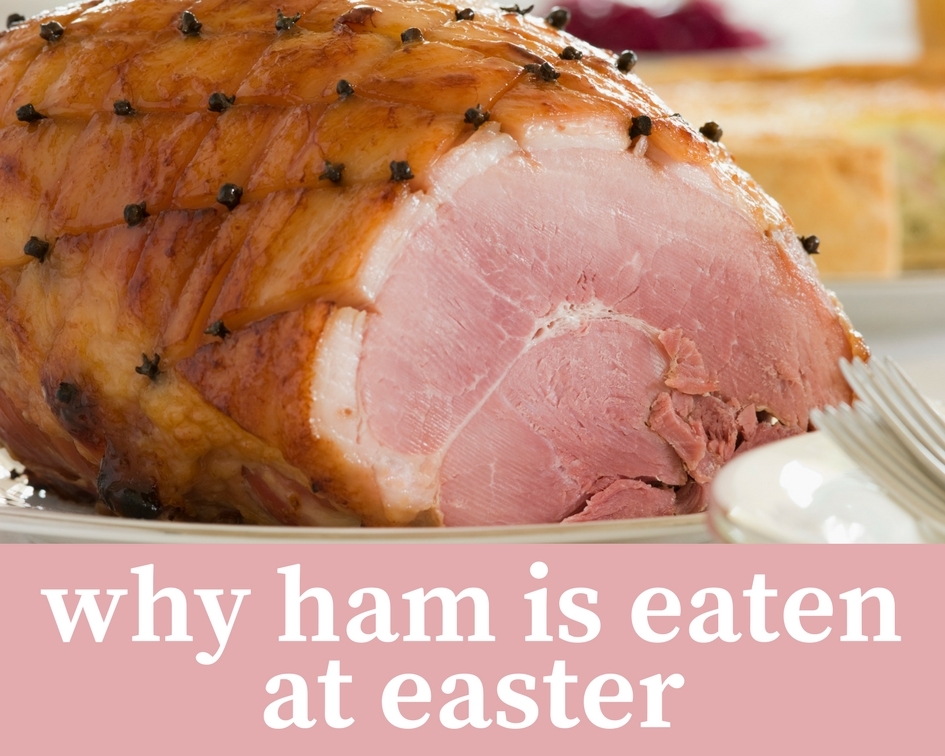On Easter, you’ll see Easter bonnets on parade, the Easter bunny will bring a basket filled with chocolates and goodies (plus hide the colored eggs really well), and ham will be part of the Easter meal. While lamb is also a tradition, a beautifully baked ham is the more popular choice on American tables.
Have you ever wondered how ham became part of the Easter meal? The reason… it’s actually quite simple. Ham became the common protein for Easter because it was readily available in the spring.
The tradition of eating ham at Easter dates back to 6th century Germany. Abundant in northern Europe, farmers allowed pigs to roam free and bulk-up by grazing on acorns and insect-free grass. They were then slaughtered after the first fall frost.
Since the weather was cooler (remember, there’s no refrigeration), the meat would hold the few days it would take to butcher the pig. Any meat that wasn’t eaten would be cured and ready to be consumed by the spring, just in time for the celebration of Easter.
Early American settlers from northern Europe brought ham to the United States and the long-established tradition continued.
Need a new ham recipe for your Easter dinner? Take a look at our round-up of 10 Easter Ham Recipes. If you’re not sure how long to bake a boneless, bone-in or canned ham, click here to find out. You’ll find some helpful tips too.
